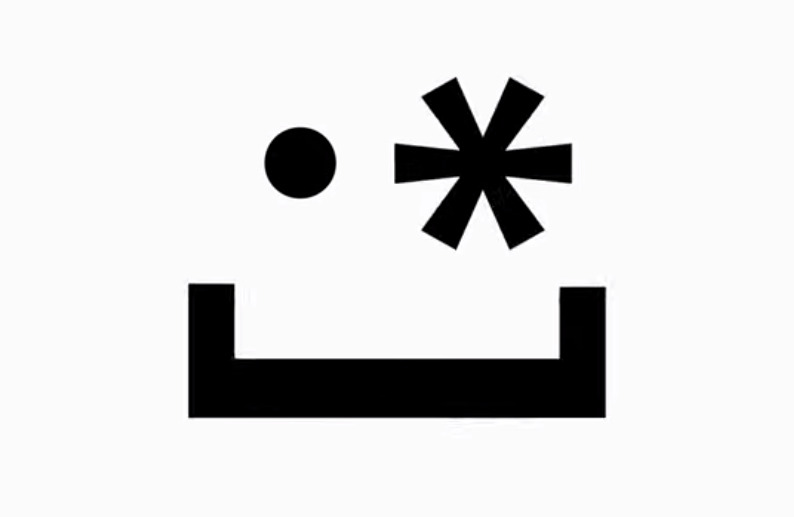Apple is continuing its "There's more to iPhone" campaign in the United Kingdom, by publishing three new videos to its regional YouTube account highlighting the usefulness of iOS 12 software updates, Face ID, and the iPhone maker's recycling schemes.
Originally a campaign that started in Germany last year, the "There's more to iPhone" promotion surfaced on the United Kingdom and France regional Apple websites at the start of March. The scheme is to educate users of Apple's ethical approach to device management and production, including data protection, the environment, and personal security.
At the same time as creating the microsite, Apple published a selection of videos to its YouTube channels using the same distinctive style, focusing on a few of the numerous elements brought up on the page. On Friday, Apple released three more videos in the series, with each using the same visual appearance as the others and lasting less than 15 seconds.
The video titled "iOS 12 Software Update" declares "iOS 12 makes even older iPhones faster," in reference to the performance-based nature of the operating system version that focused on improvements over new features.
The second video, "Face ID" advises the biometric security of the iPhone X, iPhone XS, iPhone XS Max, and iPhone XR "doesn't store a photo of your face." Rather than holding an image for direct comparison, Face ID produces a mathematical representation of the face's three-dimensional features, which is used to compare against previously-registered versions, with the master copy also updated over time automatically to keep up with gradual changes in the user's appearance.
In "Smartphone Recycling," Apple states it recycles a user's smartphone "even if it's not an iPhone." While Apple does use a disassembly robot to strip an iPhone of valuable materials, the company does also accept devices from other manufacturers, a move that tries to reduce the amount of electronic waste.
 Malcolm Owen
Malcolm Owen







-m.jpg)






 Charles Martin
Charles Martin
 Christine McKee
Christine McKee
 Wesley Hilliard
Wesley Hilliard

 Andrew Orr
Andrew Orr
 William Gallagher
William Gallagher
 Sponsored Content
Sponsored Content







3 Comments
Are Liam and Daisy known to be working full-time at phone disassembly? I thought that was the case initially but then I read something else that suggested both were just marketing gimmicks that worked but weren’t really used. That seems silly as why go to the trouble to make the machine and have it work as intended only to use it in feel-good commercials?